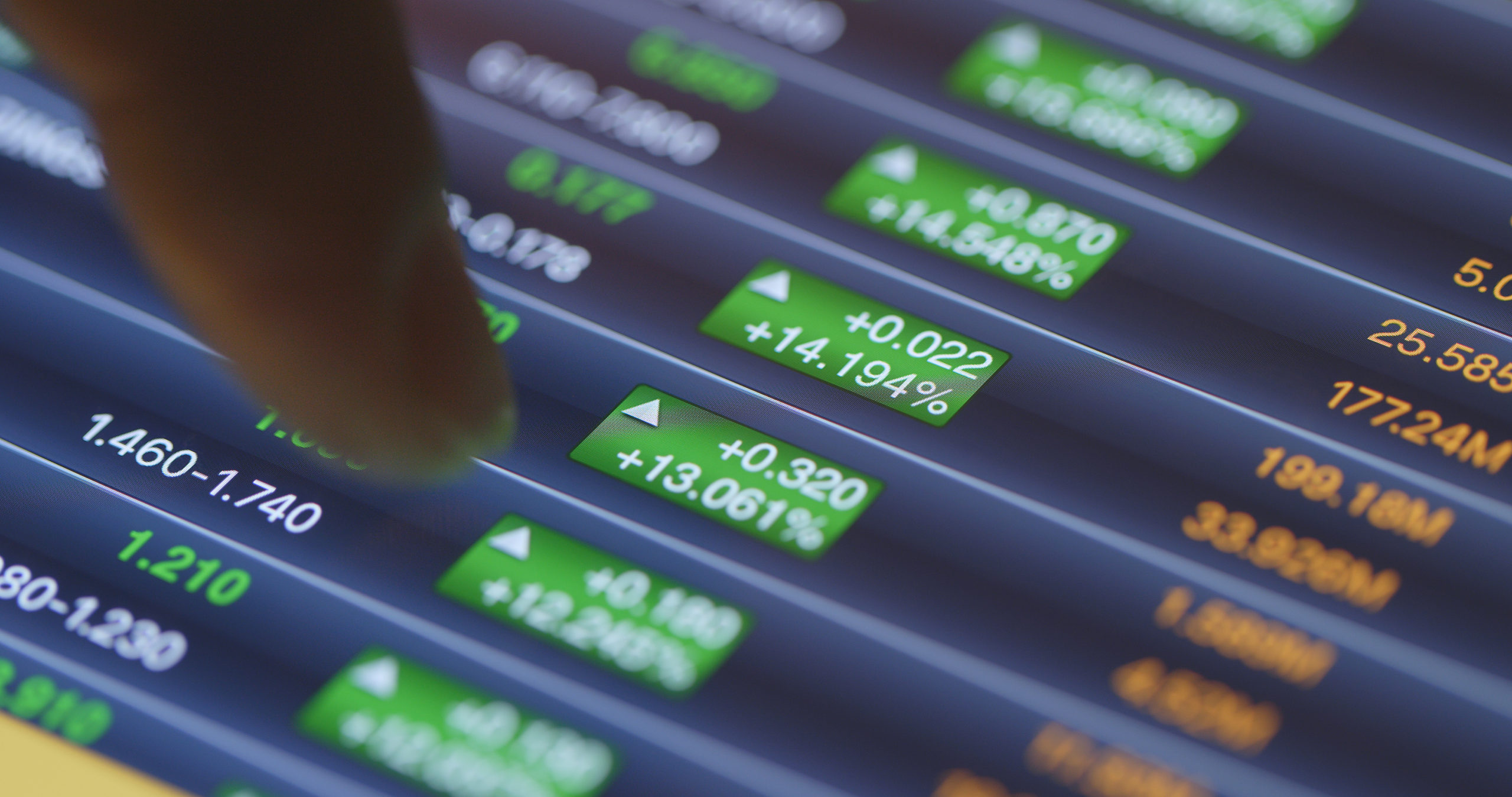To operate in it is necessary to know what the swap is. In FOREX, the swap is an interest charge that is paid or charged at the end of each session for holding an open position for more than one day.
This charge (or charge) is also often called overnight interest or rollover.
To understand how the swap calculation works, you must first remember a basic point of trading the currency market.
When opening a position in FOREX, what you do is buy or sell a currency pair. Depending on whether the position is long (buy) or short (sell), one or another currency of the pair is bought or sold.
For example, in pair trading,
- If the position is long (buy order) what you are doing is buying euros and selling dollars. In this case, dollars are being sold to “finance” the purchase of euros because it is believed that the euro will appreciate against the dollar.
- If the position is short (sell order) what you are doing is selling euros to buy dollars. In this case, the sale of euros “finances” the purchase of dollars because it is believed that the euro will depreciate against the dollar.
In both cases, you have to know that if the position remains open for more than one day:
- Interest will be paid on the currency that is sold (the currency that serves to “finance” the purchase of the other)
- Interest is charged for the currency being purchased (the currency you are betting on)
The net result of these two interests is the swap. If the interest on the currency sold is higher than that on the currency purchased, the trader will have to pay the swap. On the contrary, if the interest on the currency sold is less than that of the purchased one, the trader will earn a profit from the swap.
Therefore, the swap will depend on:
- The interest rates associated with the currencies that make up the pair being traded.
- The type of position on the pair, long (buy) or short (sell).
How is the Swap calculated?
To understand how the swap is calculated, the following example will be used:
One trader believes that the Euro Australian dollar pair is going to depreciate. Therefore, you decide, at the beginning of the day, to open a short position on the EUR / AUD. At the end of the session, the market agreed with him and the operator sees how the pair’s downward trend has consolidated. For this reason, you decide to keep the position open.
When opening a short position in the EUR / AUD pair, what the trader is doing is selling euros and buying Australian dollars. Therefore, when holding the short position for more than one day, the trader:
- You would pay the interest rate associated with the euro for the euros sold. For this example, 0% is considered.
- You would charge for the Australian dollars purchased the interest associated with this currency, which, for this example, is considered 2%.
The swap is the net result of these money flows. In the example that has been explained, the resulting swap for the operator would be equal to the interest charged minus the interest paid, that is: 2% – 0% = 2%. In this case, due to the difference between interest rates and due to the type of operation, the swap would mean extra income for the operator.
The swap is calculated on the basis of daily interest, so in the example above, the daily swap would be around 0.0055%. This interest rate would be applied to the total amount of the open position.
The longer a position remains open, the greater the impact of the swap on the economic result of the same.
Can you make money with the Swap?
The answer will depend on each operator, and it could be possible but it is not usually as simple as it might seem at first glance. There is, in fact, a branch of trading specialized in obtaining benefits from the swap or, what is the same, from the differences between the interest rates of the currencies that are traded in FOREX.
This type of trading is known as a carry trade.
The objective of the carry trade in FOREX is to operate to obtain an interest greater than that which has to be paid, obtaining a direct benefit for it.
To be successful in the carry trade, the first thing to do is choose a FOREX pair composed of a currency that has a low interest rate and another that has a high interest rate:
- Typical currencies with low interest rates are the euro (EUR), the Japanese yen (JPY), or the Swiss franc (CHF).
- Divisas que suelen asociarse a intereses más altos son, por ejemplo, el dólar australiano (AUD), el dólar neozelandés (NZD).
Expert traders can also turn to more exotic currencies that tend to have a higher interest rate such as the South African Rand (ZAR) or the Russian ruble (RUB) for example. While it is possible to find higher interest rates in these currencies, they tend to have lower trading volume so the spreads are higher, which can negate your initial advantage for the carry trade.
Once the currency pair on which the carry trade will be carried out has been chosen, the next step is to define the trading strategy:
As explained above, to be able to make a profit in trading you have to buy the high interest currency and sell the low interest currency. In a pair like EUR / AUD this means going short on the pair.
This premise will define the trading strategy to follow, since, in this case, the operator must wait until the pair is developing a downtrend in order to open its sell positions. To do this, it will take advantage of a rebound to go short and maintain the position while the downward movement continues.




